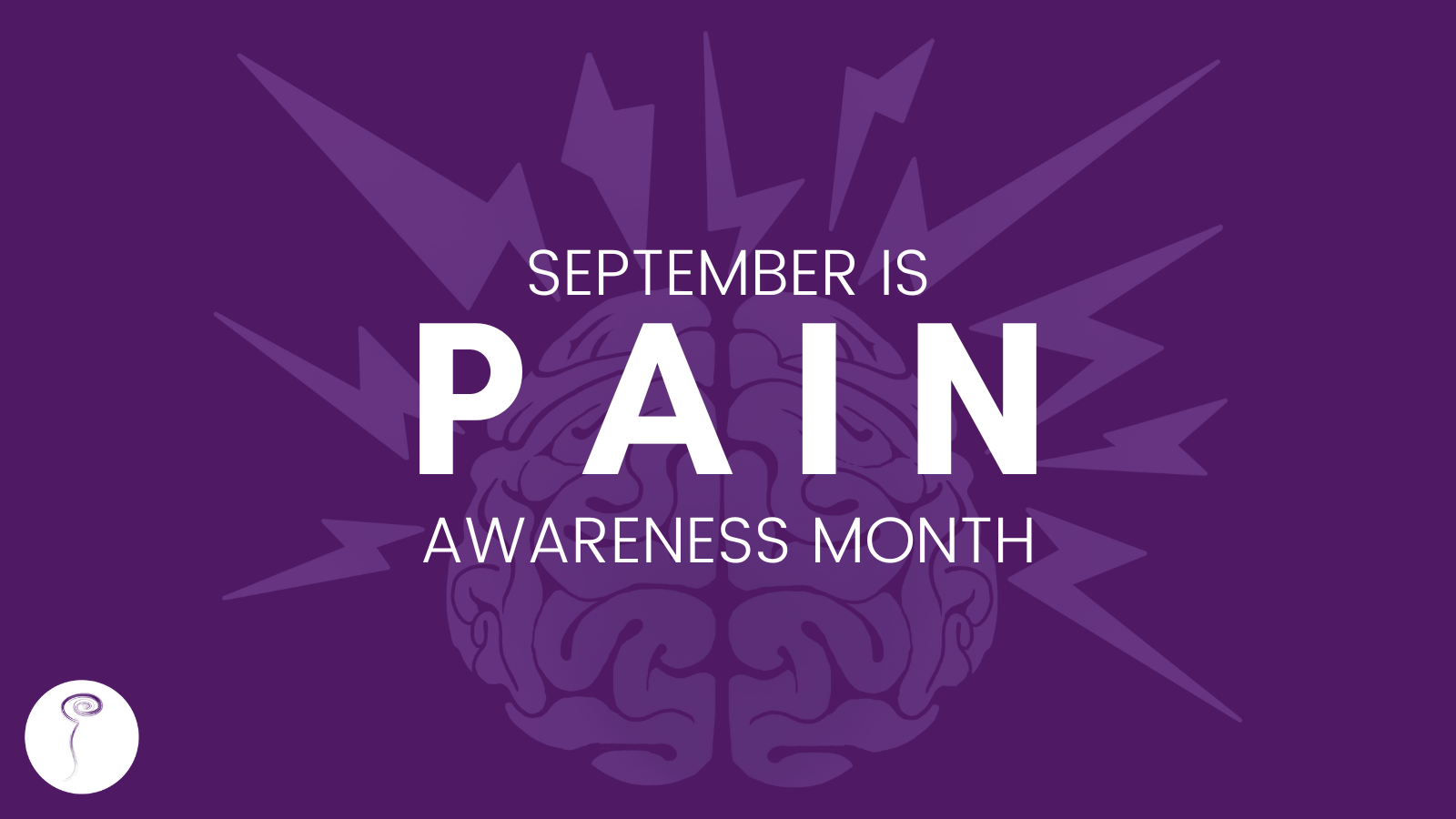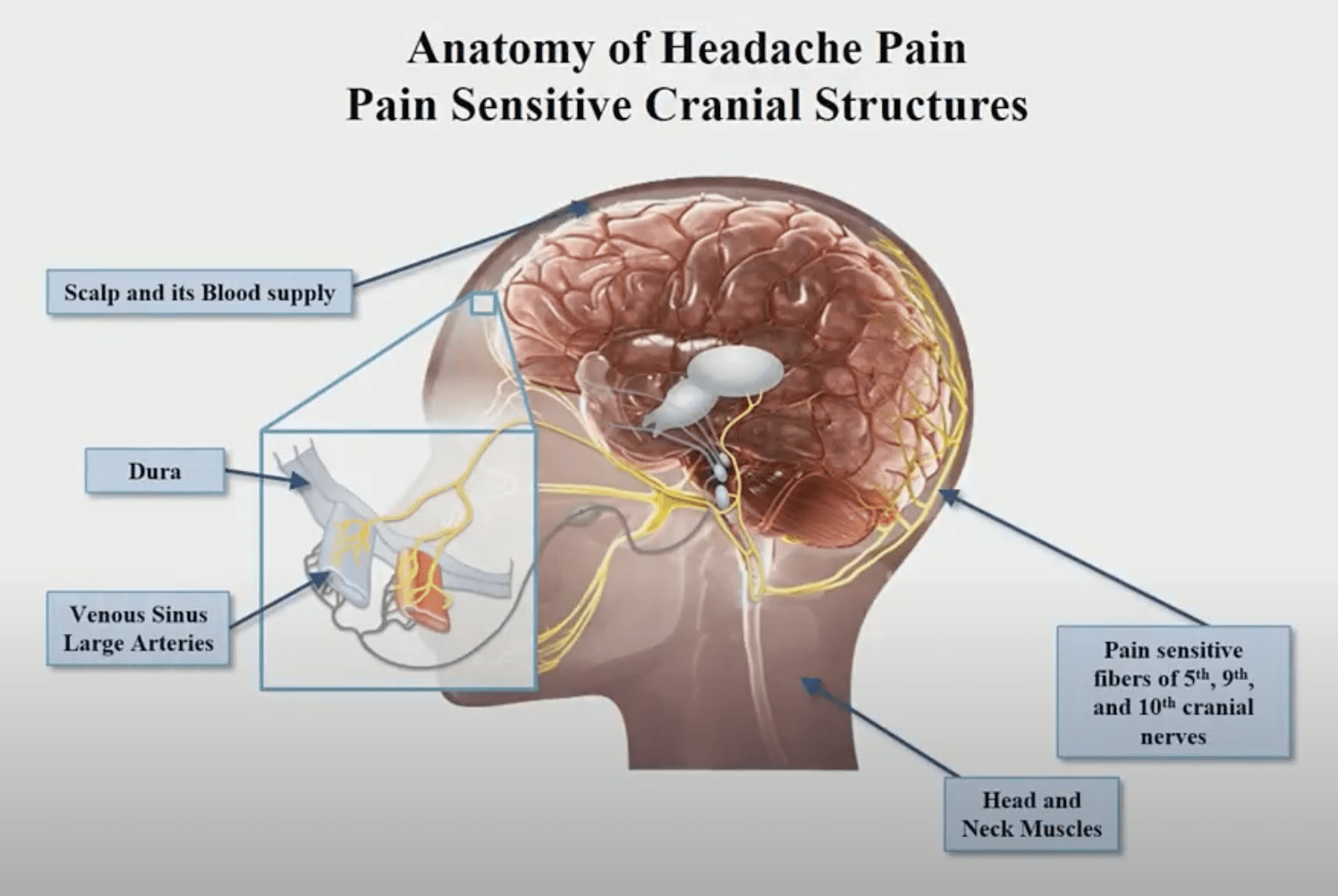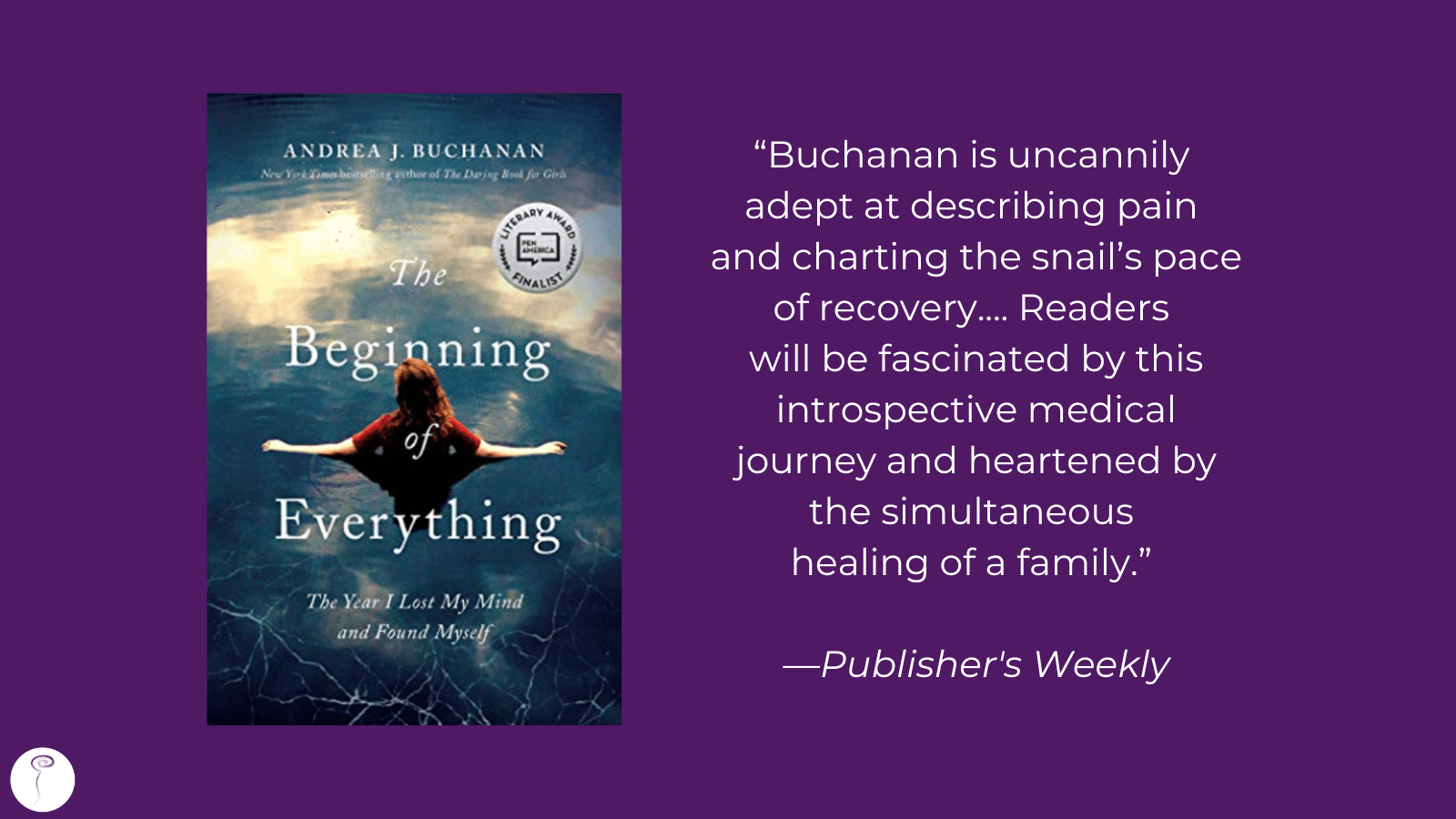September is pain awareness month

For most people experiencing spinal cerebrospinal fluid (CSF) leak, pain is one of the most prominent, unrelenting symptoms, and treating it and living with it can be extremely challenging.
According to the US Pain Foundation, 50 million Americans live with pain that lasts most days or every day for three months or more.
For many people with spinal CSF leak, the most prominent symptom is head pain that worsens when upright and improves when lying down. This pain can range in severity—some people don’t experience notable orthostatic head pain, and for still others, the pain can lose its positional component over time. But for many people with spinal CSF leak, head pain that worsens when upright is typical of their daily experience.
A range of pain
Alex’s head pain began as a nagging ache in the back of his head that intensified into pain that felt “knife-like.” Emily’s head pain was “pounding.” Aiza had no head pain at first. Instead, she had tachycardia, a racing, irregular heartbeat that came out of nowhere. Eventually, she began experiencing daily headaches.
Casey had lived with migraine for a decade, but suddenly experienced a “thunderclap” of intense head pain that he knew was different. Kathy only had pain in her head when she coughed, sneezed, or bent over.
Patty experienced head pain while upright, but also extreme fatigue and a feeling of fullness in her ears. Alice’s near-constant head pain started after a sinus infection. Asia’s pain started with a twinge in her back, but quickly spread to include head pain that made her feel like her brain was being pulled down into her spine.
What all of these patients had in common was that their pain—however it presented—was due to a spinal CSF leak.
Common features of head pain due to spinal CSF leak
The loss of CSF volume due to a spinal CSF leak can result in a range of painful symptoms, but there are some commonalities.
Head pain is often positional
This means that within seconds, minutes, or hours of being upright, head pain will increase—and within minutes or hours of assuming a recumbent position, it will improve. Over time, this positional aspect can diminish and even disappear. Very occasionally, this positional aspect can be reversed, with some people feeling improved when upright. There are also cases in which people do not experience positional head pain at all.
Head pain often has a distinct location
Most often, people report occipital (back of head) or suboccipital (lower aspect of back of head, at the base of skull) pain, but the pain may also be frontal, temporal, or diffuse.
The severity varies
The severity of the head pain can vary from mild to severe—and in some cases is completely absent.
Head pain can be accompanied by other symptoms
This includes neck stiffness, sensitivity to light, nausea (with or without vomiting), and sensitivity to noise.
Head pain responds poorly to migraine medications
A hallmark of spinal CSF leak head pain is that it does not tend to respond to medications normally used to treat migraine. Indeed, this could be a clue that a diagnosis of migraine is incorrect.
Why is spinal CSF leak so painful?
This presentation by Foundation medical advisor Dr. Stephen Silberstein outlines some of the possible mechanisms that might cause the kind of pain experienced by people with spinal CSF leak. The slide below is from his talk, and illustrates the anatomy of headache pain.

How to talk about pain with your medical provider
Pain is challenging to talk about—not only because pain itself is so subjective and hard to quantify, but because it can feel vulnerable and even overwhelming to try to put pain into words. When discussing pain with a medical provider, it’s important to be specific. Keeping a pain diary can be useful in preparing for a doctor’s appointment, as it can help you find those words and identify patterns, characteristics, and qualities you can share with your treating physician. Here are some things to consider when describing your pain.
What is the pattern of the pain?
Being able to note when the pain starts (upon sitting/standing, upon lying down, upon bending over, upon sneezing or coughing, etc.), when the pain improves (when lying down, when standing up, etc.), if the pain gets worse at a certain time of day, or if there is no pattern at all to it.
What is the duration of the pain?
Once it starts, how long does your pain last? Is it hourly, daily, constant? Is there ever a time when you are pain-free?
What is the severity of the pain?
When being evaluated, we are often asked to rate our pain on a scale of 1 to 10, with 10 being the worst pain you’ve ever experienced. Keeping track of your pain can help you rate its severity, and also see if there are any changes in intensity over time.
What is the nature of the pain?
What does it feel like? Be as specific as you can. Is it throbbing, gnawing pain, like a deep ache? Is it burning, tingling, or shooting? Does it have a specific location, such as the back of your head? Does it move around, or is it always in the same place?
What is the pain’s impact on your daily life?
It can be difficult to quantify how much pain affects you psychologically, emotionally, and practically. But explaining how pain affects you day to day can be helpful in determining your treatment. Has pain limited you from being able to participate in your normal daily activities? Has it prevented you from being upright for prolonged periods of time?
What medications have you tried—and do they help?
It can be useful to know whether or not medications have any effect on your pain. For instance, pain due to spinal CSF leak typically does not respond to migraine medications, so it’s important to note whether or not you have tried any, and what response you might have had.
Books about pain and spinal CSF leak:
Here are two recent books exploring the lived reality of pain: English professor Sonya Huber’s memoir of pain and invisible disability, and Foundation executive director Andrea Buchanan’s memoir of her experience with spinal CSF leak.

In Pain Woman Takes Your Keys, and Other Essays from a Nervous System, Sonya Huber addresses the nature and experience of invisible disability, including the challenges of gender bias in our health care system, the search for effective treatment options, and the difficulty of articulating chronic pain.

A finalist for the 2019 PEN/E.O. Wilson Award for Literary Science Writing, The Beginning of Everything tells the story of New York Times bestselling author and Spinal CSF Leak Foundation executive director Andrea Buchanan’s experience with spinal CSF leak.
Paperback | Kindle | Audiobook
Further reading:
Research paper from the UK-based CSF Leak Association: The impact of spontaneous intracranial hypotension on social life and health-related quality of life

